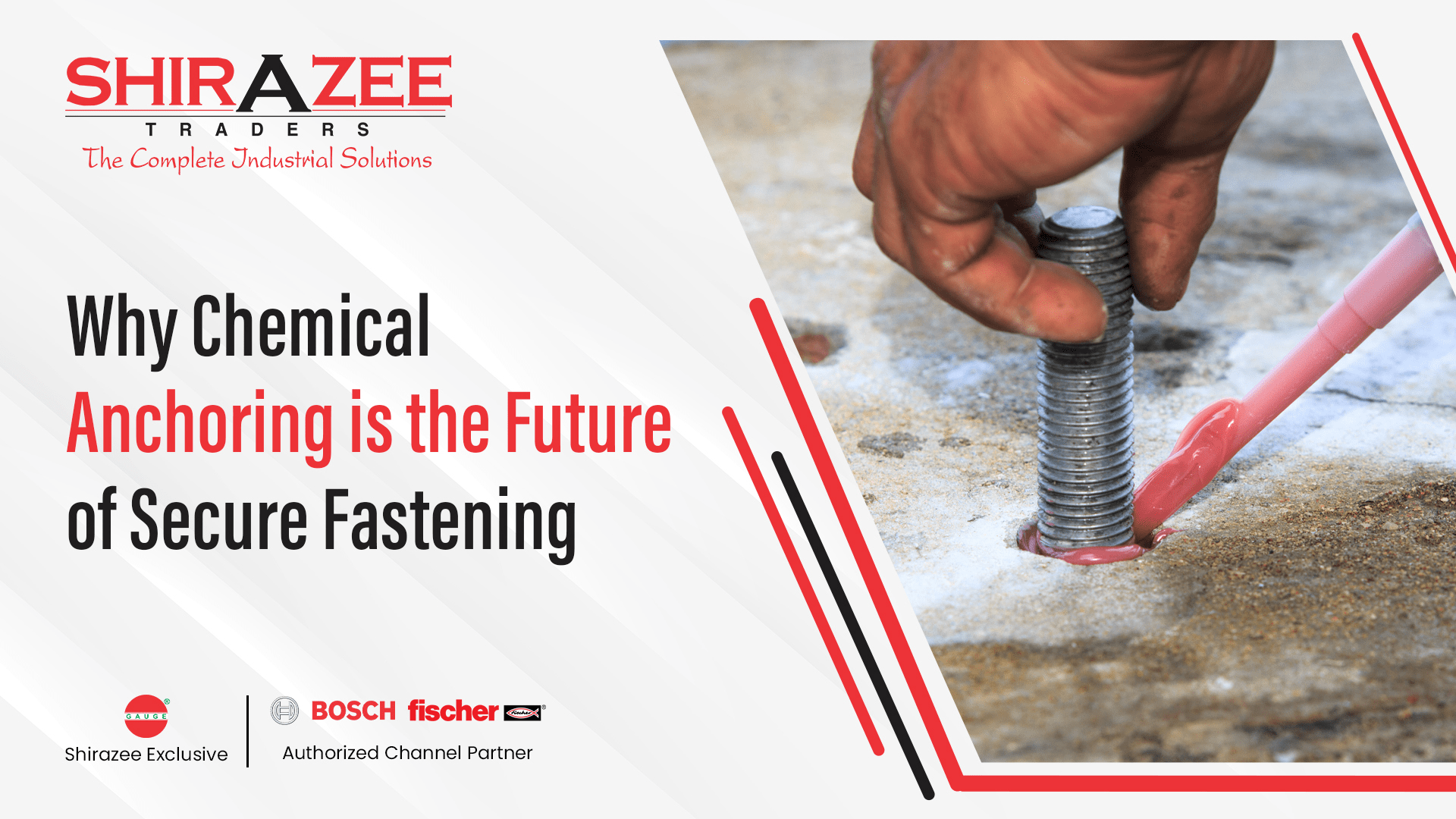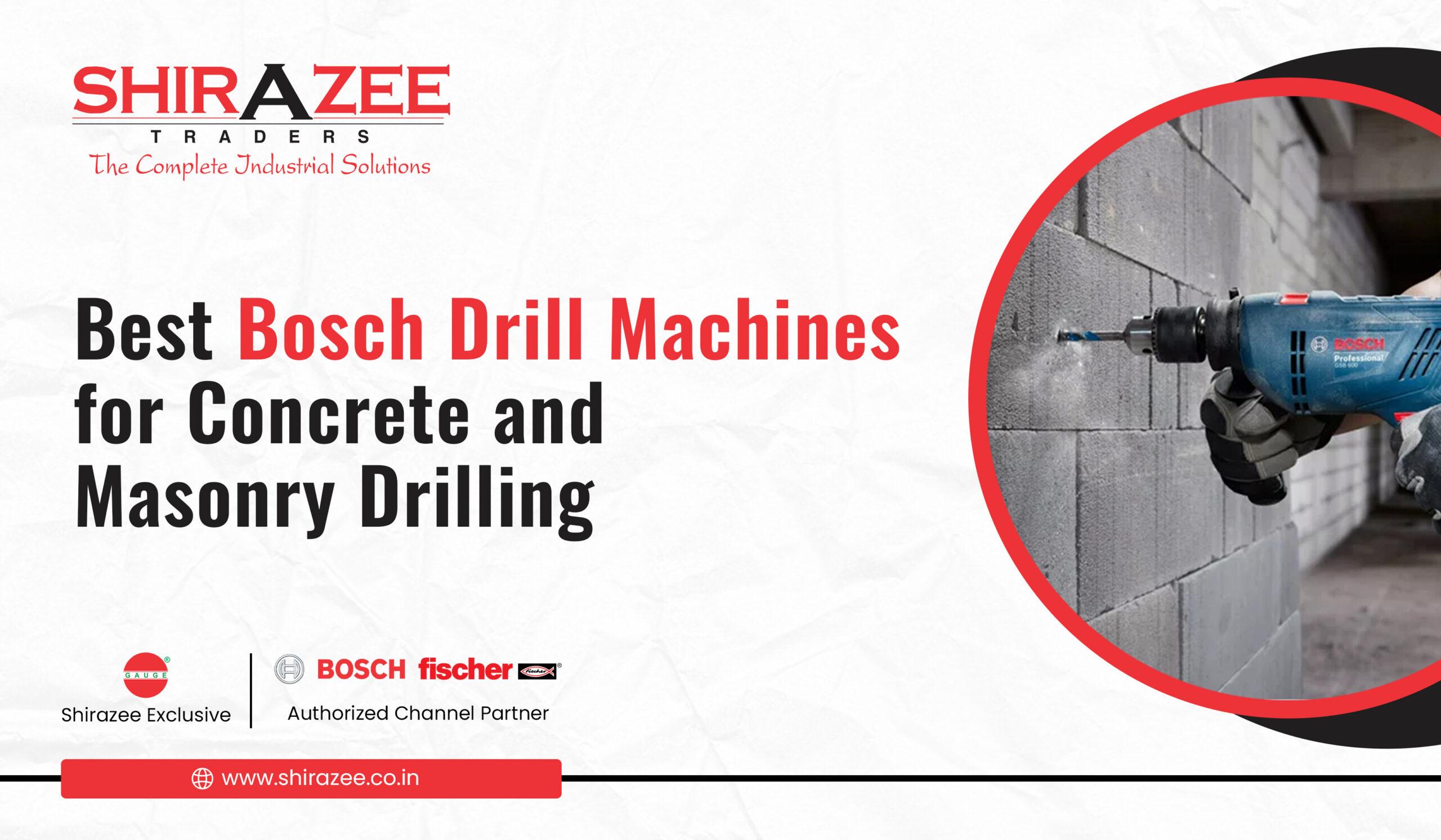
When fire breaks out, it does not knock first. It does not wait. It moves fast, leaving destruction in its wake. That’s why depending solely on alarms or sprinklers is not enough. You need something that’s always on guard. Always ready. And that is where a passive fire protection system comes into play.
This is not just another technical term tossed around in building circles. It is a game-changing safety layer built right into the bones of your project. Think of it as the quiet warrior in your walls—strong, still, and silently doing its job to buy time, save lives, and protect everything you have built.
This blog discusses the how, where, and why of integrating a passive fire protection system in every construction. We are keeping it simple, to the point, and entirely on fire (in the safest way possible). So if you are building, designing, or managing a structure, read on—this one is for you.
What is Passive Fire Protection?
Think of a passive fire protection system as the invisible bodyguard of your building. It does not make noise. It does not move. It does not need a switch to function. But when fire erupts, it’s the first line of defence holding everything together—literally.
It includes fire-resistant materials like sealants, claddings, walls, and fasteners designed to stop fire from spreading. These elements help keep the structure stable, even under extreme heat. So, while your active systems (like alarms and sprinklers) are busy responding, passive systems are already working—keeping things contained and giving people time to escape.
Now, here is the punch. A building without a passive fire protection system is like a ship without a hull. No matter how advanced your other systems are, if the structure itself can not hold up, everything else fails with it. That is why more builders have been making it non-negotiable since day one.
And that brings us to the real reason this matters—where you will see it in action.
The Real-World Importance of Passive Fire Protection
Fire does not discriminate. Whether it’s a luxury hotel, an apartment block, or a factory—it hits hard, fast, and without mercy. That is why a passive fire protection system is not a luxury—it’s a must.
These systems do three things well. First, they delay the spread of fire. That extra time is golden when lives are on the line. Second, they hold the structure together long enough for evacuation and response. Third, they minimize damage, lowering repair costs and faster recovery.
In the news, you see fires that rip through buildings in minutes. Often, it is not the flames but the collapse that causes the most harm. A passive fire protection system helps prevent that collapse by reinforcing the integrity of critical components—walls, ceilings, and beams.
It is not just about code compliance anymore. It is about building more innovative and safer spaces that stand the test of time—and fire. And the best part? These systems do their job without any human intervention. Silent, strong, and essential.
Now that we know why it is essential let us discuss where this system shines.
Where Passive Fire Protection Is Used
The beauty of a passive fire protection system lies in its flexibility. You will find it in high-rises, hospitals, airports, shopping centres, factories—you name it. If it’s a structure where people gather, it probably needs this layer of protection.
In high-rises, it helps create compartments, slowing down fire and smoke. It protects ducts, cable trays, and load-bearing components in industrial spaces. In places like hospitals or malls, it secures evacuation routes, giving people time to get out safely.
The use cases are endless. From fire-rated doors and coated steel beams to wall assemblies and ceiling penetrations—each element is part of a more extensive passive fire protection system built to keep danger in check. Even underground tunnels and bridges benefit from it, especially with the wear and tear those environments face.
This is not just for giant skyscrapers either. Even small-scale residential buildings need it. Because fire does not care about size—it cares about flammability. And when the heat rises, this system stands in the way.
And behind every system? Hardware that holds it all together.
Fasteners & Fire Safety: A Hidden but Critical Link
Let us be real—fasteners aren’t flashy. But when you are in the middle of a fire emergency, they suddenly become heroes. The wrong bolt or anchor can melt or snap under heat. But are fire-rated fixings used in a passive fire protection system? They stay put when everything else is falling apart.
It is easy to overlook them, but fasteners keep fire-resistant boards, claddings, and walls where they should be. They carry the load. They brace the beams. They make sure fire compartments don’t turn into freeways for flames.
If you use cheap or uncertified fixings, you’re setting a trap. All it takes is a few minutes of intense heat and boom—failure across the board. So, choosing the right type of chemical anchors, bolts, or studs isn’t a minor detail. It is the backbone of a reliable passive fire protection system.
It is time we give hardware the respect it deserves. Because when everything else burns out, that keeps your project standing.
Building a Solid Fire Strategy Starts with the Right Components
A strong passive fire protection system does not come together on its own. It is a thoughtful combination of materials, hardware, and innovative design. You need fire-stop sealants to block smoke and gas. You need intumescent paints that expand under heat. You need fire-rated doors and ceilings that act like barriers.
But most importantly, you need components that talk to each other. That holds up as a team. That’s where structure meets strategy. Every building project should plan for this early—right at the drawing board. Please do not make it an afterthought. Integrate fire-rated fasteners and non-combustible materials during planning. It will save you much rework and stress down the line.
Think of the passive fire protection system as an ecosystem. When every element does its job, the building becomes safer. More resilient. Less likely to crumble under pressure—literally.
Now, let us talk about the elephant in the room—compliance.
The Compliance Side of Passive Fire Protection
Here is the deal—safety is not just a nice-to-have. In construction, it is a must. Most regions now mandate a proper passive fire protection system for new builds. You will find references in Indian codes like IS 1642 and NBC. Skip them, and you are looking at fines, failed audits, or worse—real danger.
But the tricky part? Fire compliance isn’t just about ticking boxes. It is about using the right products with the proper certifications and installing them correctly. From fire-rated fasteners to tested materials, everything needs a paper trail.
Auditors are getting stricter. Clients are becoming more aware. And with fire risks rising due to denser buildings and climate shifts, the pressure to meet these standards has never been higher.
So, how do you stay compliant? Partner with reliable suppliers. Use certified systems. Build with integrity. Because when you cut corners here, you don’t just risk the project—you risk lives.
Final Thoughts!
The truth? Fires are unpredictable. You can not always stop them. But you can control how a building responds when one starts. That is the power of a solid passive fire protection system—it does not react. It is already there, doing its job before anyone notices the danger.
This is not about fear-mongering. It’s about future-proofing. Buildings today are not just structures—they are investments. They hold lives, businesses, and dreams. And protecting them is not optional. It is essential.
So, whether you are a builder, architect, or project manager, it is time to think beyond aesthetics. Look under the surface. Choose systems and components that hold firm when everything else melts away.
Fire does not wait. Your safety plan should not either.







